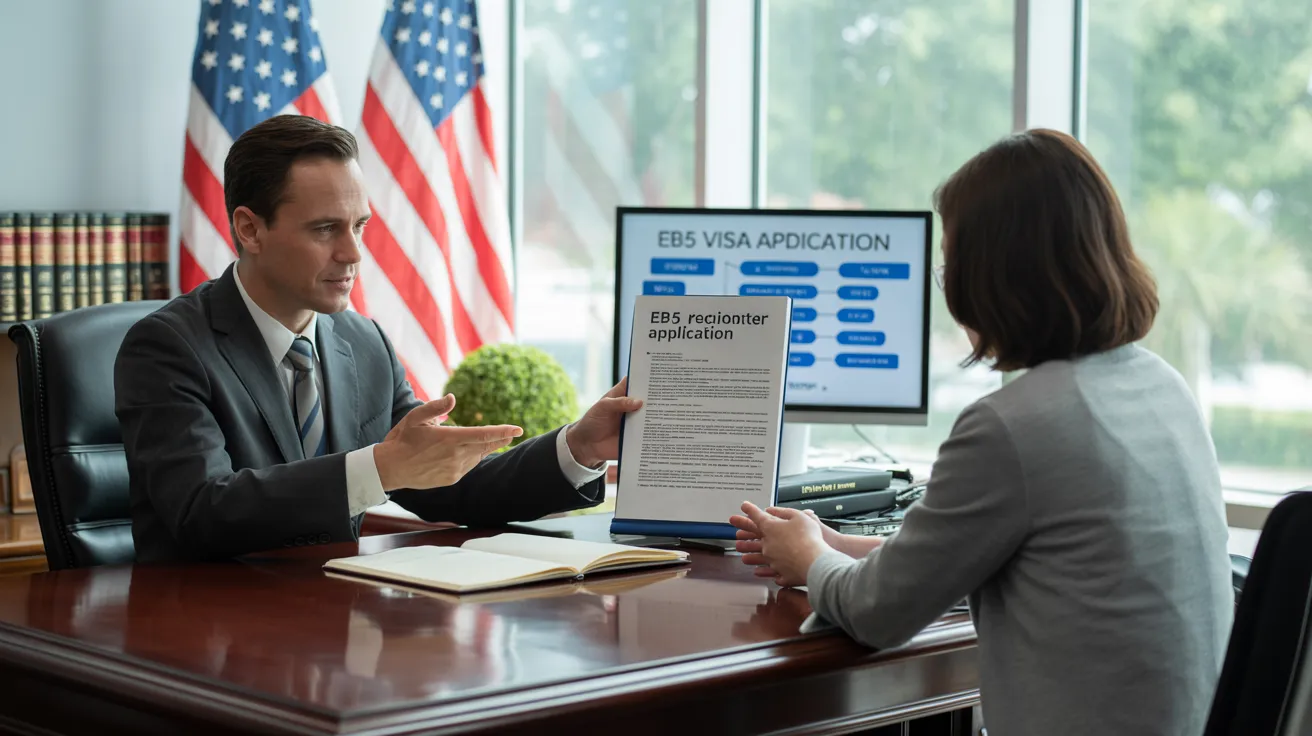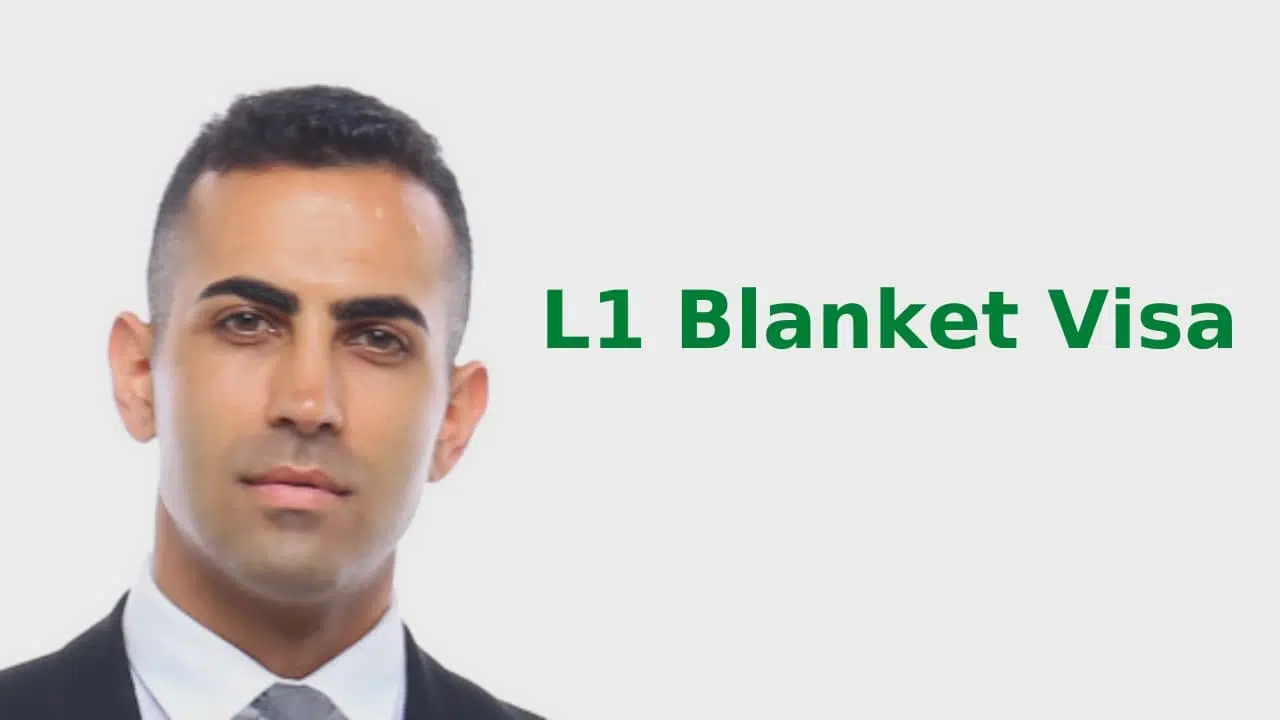L1 Visa - Truths
Table of ContentsThe 8-Minute Rule for L1 VisaAn Unbiased View of L1 VisaL1 Visa Things To Know Before You BuyGetting The L1 copyright WorkThe Buzz on L1 VisaAll About L1 Visa
Available from ProQuest Dissertations & Theses Worldwide; Social Science Premium Collection. (2074816399). (PDF). Congress. (PDF). DHS Office of the Assessor General. (PDF). (PDF). "Nonimmigrant Visa Stats". Retrieved 2023-03-26. Division of Homeland Safety And Security Workplace of the Assessor General, "Testimonial of Susceptabilities and Prospective Misuses of the L-1 Visa Program," "A Mainframe-Size Visa Technicality".
United State Division of State. Fetched 2023-02-08. Tamen, Joan Fleischer (August 10, 2013).
L1 Visa for Dummies
In order to be eligible for the L-1 visa, the foreign business abroad where the Beneficiary was employed and the U.S. business should have a qualifying partnership at the time of the transfer. The various kinds of qualifying relationships are: 1.
Instance 1: Firm A is incorporated in France and employs the Beneficiary. Company B is included in the U.S. and intends to petition the Recipient. Company An owns 100% of the shares of Firm B.Company A is the Parent and Firm B is a subsidiary. There is a qualifying partnership in between the 2 companies and Business B should be able to fund the Beneficiary.
Firm A possesses 40% of Company B. The continuing to be 60% is possessed and controlled by Company C, which has no relationship to Firm A.Since Firm A and B do not have a parent-subsidiary relationship, Company A can not sponsor the Beneficiary for L-1.
Example 3: Company A is included in the united state and intends to petition the Beneficiary. Firm B is included in Indonesia and employs the Beneficiary. Firm An owns 40% of Firm B. The remaining 60% is possessed by Firm C, which has no relationship to Business A. Nevertheless, Firm A, by formal arrangement, controls and full manages Company B.Since Business An owns much less than 50% of Business B but takes care of and manages the firm, there is a qualifying parent-subsidiary relationship and Company A can sponsor the Recipient for L-1.
The Basic Principles Of L1 Visa
Associate: An affiliate is 1 of 2 subsidiaries thar are both possessed and managed by the very same moms and dad or person, or owned and controlled by the exact same group of people, in generally the exact same ratios. a. Example 1: Company A is incorporated in Ghana and utilizes the Recipient. Firm B is included in the united state
Company C, additionally incorporated in Ghana, has 100% of find out more Company A and 100% of Company B.Therefore, Business A and Firm B are "associates" or sister companies and a qualifying connection exists in between both companies. Firm B should have the ability to sponsor the Beneficiary. b. Instance 2: Firm A is incorporated in the U.S.
Firm A is 60% possessed by Mrs. Smith, 20% owned by Mr. Doe, and 20% had by Ms. Brown. Business B is incorporated in Colombia and currently uses the Recipient. Company B is 65% owned by Mrs. Smith, 15% owned by Mr. Doe, and 20% possessed by Ms. Brown. Business A and Company B are associates and have a qualifying relationship in two different means: Mrs.
The L-1 visa is an employment-based visa category developed by Congress in 1970, permitting multinational business to move their managers, execs, or vital personnel to their U.S. procedures. It is typically described as the intracompany transferee visa. There are 2 major kinds of L-1 visas: L-1A and L-1B. These kinds appropriate for workers hired in different settings within a firm.

Furthermore, the beneficiary needs to have operated in a managerial, exec, or specialized employee position for one year within the 3 years coming before the L-1A application in the foreign company. For new workplace applications, foreign work has to have remained in a supervisory or executive ability if the click here recipient is pertaining to the United States to work as a supervisor or executive.
Rumored Buzz on L1 Visa

If provided for an U.S. company functional for greater than one year, the initial L-1B visa is for up to 3 years and can be prolonged for an added two years (L1 Visa). Alternatively, if the U.S. company is recently developed or has actually been functional for much less than one year, the first L-1B visa is released for one year, with expansions offered in two-year increments
The L-1 visa is an employment-based visa group developed by Congress in 1970, allowing multinational companies to transfer their managers, executives, or crucial personnel to their U.S. operations. It is generally described as the intracompany transferee visa. There are two primary sorts of L-1 visas: L-1A and L-1B. These kinds are appropriate for workers hired in different placements within a business.
A Biased View of L1 Visa
In addition, the beneficiary has to have operated in a managerial, exec, or specialized staff member position for one year within the three years preceding the L-1A application in the foreign business. For new workplace applications, international employment must have been in a supervisory or executive capability if the beneficiary is coming to the United States to function as a manager or executive.
for up to 7 years to look after the operations of the U.S. affiliate as click here an executive or supervisor. If released for an U.S. business that has actually been functional for even more than one year, the L-1A visa is originally granted for up to 3 years and can be prolonged in two-year increments.
If granted for a united state business functional for even more than one year, the first L-1B visa is for approximately three years and can be extended for an additional two years. On the other hand, if the U.S. firm is freshly developed or has actually been functional for much less than one year, the first L-1B visa is issued for one year, with expansions offered in two-year increments.